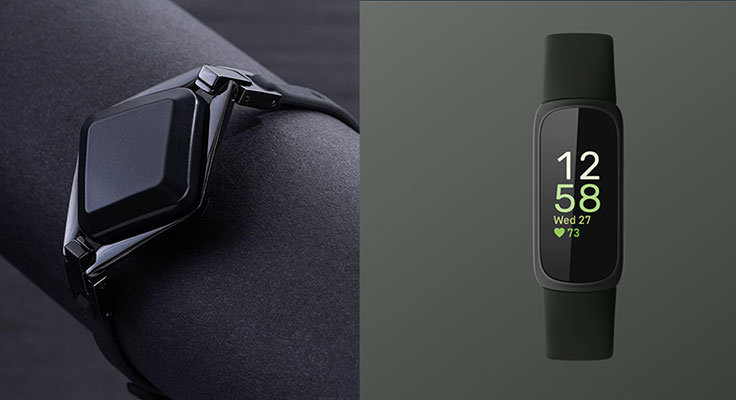
Over the past few years, fitness trackers have become our sidekicks in chasing better health. Standing tall in this race in 2024 are two big shots: Bellabeat and Fitbit. Both are rocking huge fan bases, but who shines brighter when you pit them against each other? Let’s jump right into the Bellabeat vs Fitbit face-off and find out which is the ultimate fitness tracker for 2024.
Getting to Know Our Stars: A Quick Rundown
Bellabeat: Up Close and Personal
Bellabeat started its journey as the go-to for women’s health. Think tracking menstrual cycles, helping during pregnancy – the works. This focus made them stand out in a market flooded with generic fitness trackers.
Take their Bellabeat Leaf, for example. This baby wasn’t just a tracker. You could sport it as a necklace, flaunt it as a bracelet, or clip it onto your outfit. Made with natural materials, it had a touch of Mother Nature in its look, resonating with the feminine processes it tracked.
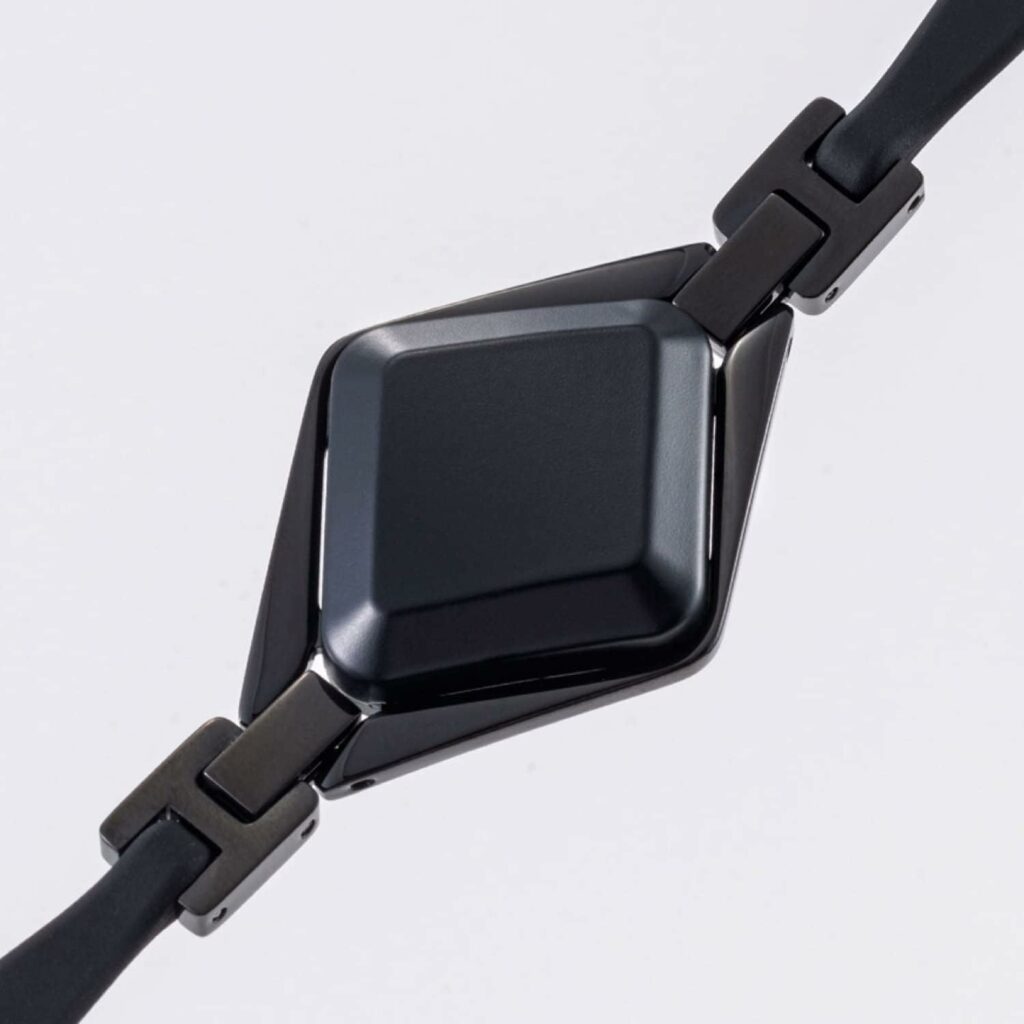
But Bellabeat wasn’t about to get comfy. They saw the bigger picture – holistic health matters for all. So, they introduced features like stress predictors, guided chill-out sessions, and some next-level sleep insights. This move widened their fan base and stamped their name as game-changers.
And let’s chat about their app. It’s like your health buddy – easy to use, visually pleasing, and super informative. Plus, their commitment to Mother Earth is awe-inspiring. Eco-friendly materials, and batteries that seem to last forever – they’re all about reducing e-waste.
From being the champions of women’s health, Bellabeat’s now in the big league, rubbing shoulders with the giants of the fitness gear world. And they’ve done it with a sprinkle of innovation and a whole lot of love for holistic health.
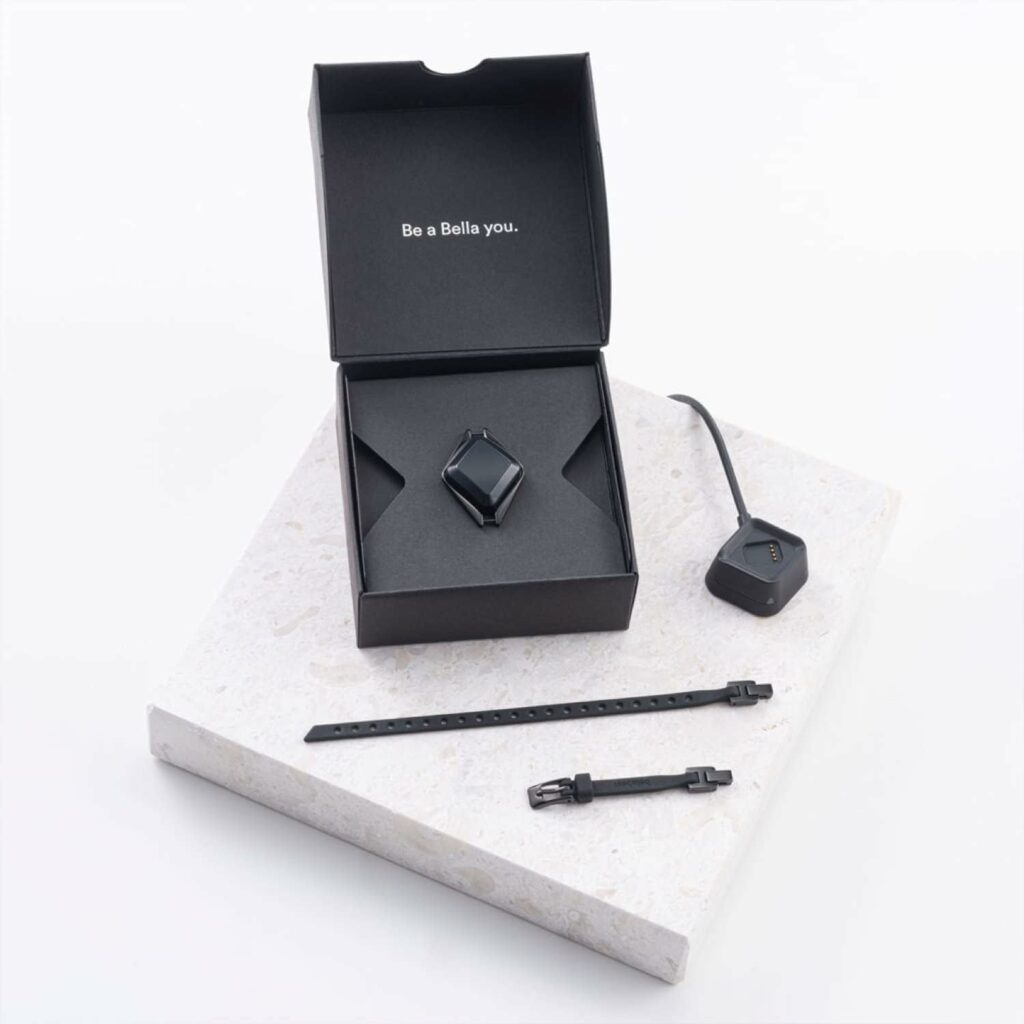
Specifications of the Bellabeat Ivy
| Material | Hypoallergenic Stainless Steel Polycarbonate Non-Allergenic Silicone Rubber Splash-resistant |
| Dimensions | Total length: 1.53 in / 3.89 cm Total width: 1.12 in / 2.84 cm Height: 0.5 in / 1.27 cm Weight: 0.35 ounce / 9.92 g |
| Battery Life | Up to 8 days |
| Full Charge | 90-120 Minutes |
| Compatible with | iOS 11.0 and later Android 6.0 and later |
| Display | No Display |
| Bracelet | Easy to move and replace |
| Color variations | GARDEN | Rose Gold & Jet Black
BLUSH | Rose Gold & Silver |

Fitbit: The Fitness Giant
Fitbit, synonymous with fitness tracking, has been a driving force in the wearables industry for years. Starting as a simple clip-on tracker, it has since evolved into a spectrum of high-tech wearables tailored for diverse user needs.
Diving into the specifics, Fitbit’s range showcases the brilliance of technology and design fusion. From the classic Fitbit Flex, known for its minimalist design and five LED light approach, to the Fitbit Versa series, which introduced an AMOLED touchscreen, Fitbit’s trajectory has been upward and ambitious.
One of Fitbit’s standout features is its PurePulse heart rate technology. Using photoplethysmography, this tech measures changes in blood volume under the skin, providing continuous heart rate tracking with pinpoint accuracy. This feature is found in most of their models, ensuring that whether you’re in a high-intensity workout or just monitoring resting heart rate, you’re getting precise data.
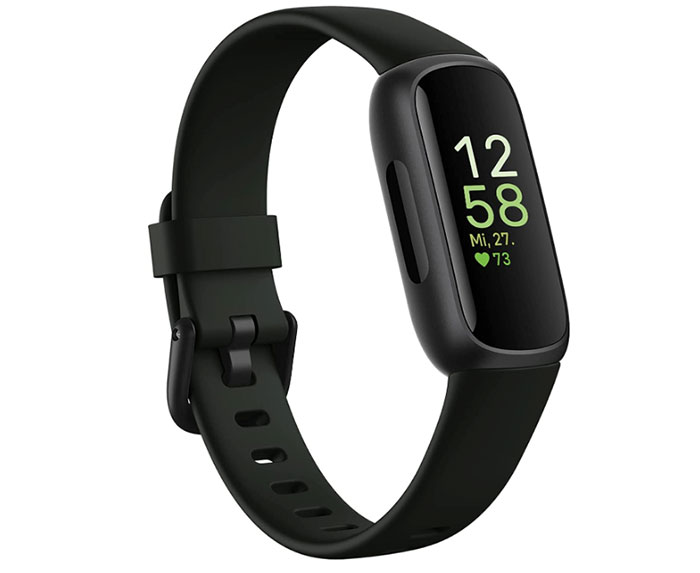
Their multi-sport modes further enhance the fitness experience. Whether you’re into swimming, cycling, yoga, or high-intensity interval training, Fitbit devices can recognize and record these exercises, providing specific metrics tailored to each activity.
Fitbit’s sleep tracking is another dimension worth noting. By assessing your movement and heart rate variability, it doesn’t just monitor sleep; it deciphers sleep stages – REM, Light, and Deep – giving users a thorough understanding of their sleep patterns and quality.
Furthermore, the Fitbit app is a repository of health data. It stores and visualizes your health metrics and connects users globally, fostering a community of fitness enthusiasts. Social challenges, friendly competitions, and achievement badges make fitness tracking not just a personal journey but a communal experience.
Battery life and third-party app integration have been areas of continuous development. With certain models boasting over a week of battery life and seamless integration with apps like MyFitnessPal, Strava, and more, it’s no wonder Fitbit remains an industry titan.
In a nutshell, Fitbit’s impressive array of tech specs combined with its user-focused design philosophy has cemented its place as a behemoth in the world of fitness wearables. Always pushing boundaries, it’s not just about fitness with Fitbit; it’s about a comprehensive, connected, and motivating health journey.
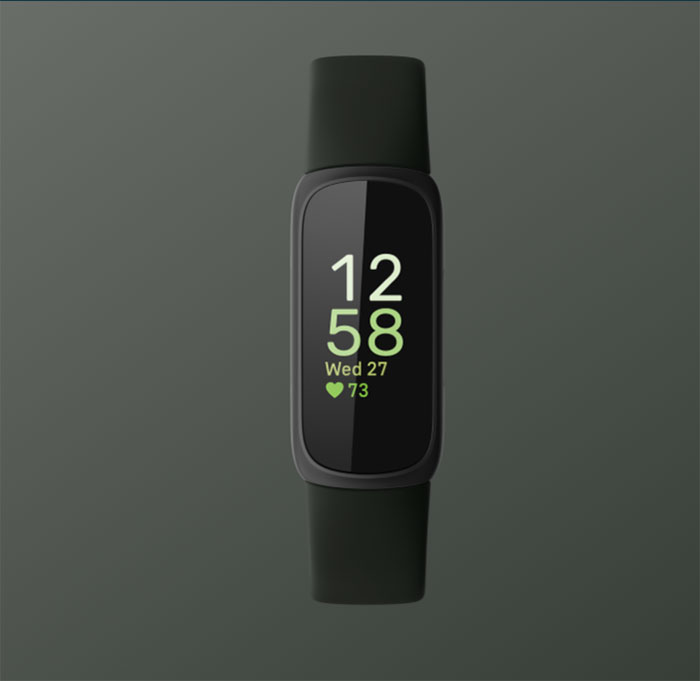
Specifications of the Fitbit Inspire 3 (image above)
| Material | Hypoallergenic Stainless Steel Non-Allergenic Silicone Rubber |
| Dimensions | Total length: 1.54 in / 3.91 cm Total width: 0.71 in / 1.80 cm Height: 0.43 in / 1.01 cm Weight: 3.84 ounce / 108 g |
| Battery Life | Up to 10 days |
| Full charge | 60-120 Minutes |
| Compatible with | iOS 14.0 and later Android 8.0 and later |
| Display | 1.4 inches AMOLED display |
| Bracelet | Interchangeable straps in two different lengths |
| Color variations | Midnight Zen / Black
Lilac Bliss / Black Morning Glow / Black |
Bellabeat vs Fitbit: The Core Differences
At the heart of the comparison between Bellabeat and Fitbit lies their underlying philosophies and functional priorities. While both brands do a commendable job at tracking basic health metrics like steps taken, calories burned, and sleep cycles, their nuances become apparent when you delve deeper into their offerings.

Holistic Health vs. Fitness Centricity:
- Bellabeat: Bellabeat places a significant emphasis on holistic health. Their devices include meditation tracking, menstrual cycle insights, and stress prediction. These aren’t just add-ons; they’re central to the Bellabeat experience. By focusing on the entirety of a person’s well-being, Bellabeat aims to give users a comprehensive view of their health.
- Fitbit: On the other hand, Fitbit leans more towards fitness tracking and physical wellness. Their devices are robust regarding monitoring workouts, heart rate zones, and physical progress. While they’ve integrated sleep and mindfulness features, their core remains firmly planted in fitness optimization.
Design and Comfort: Who Wins?
- Bellabeat: The aesthetic appeal of Bellabeat devices is undeniable. Their Leaf series, for instance, isn’t just a tracker; it’s a piece of jewelry. Crafted with organic materials and designed to mimic the form of a leaf, it can be worn as a pendant, bracelet, or even a clip. It’s a fashion statement as much as a health tool. Moreover, their materials are often lightweight and hypoallergenic, ensuring daytime comfort.
- Fitbit: Fitbit’s design evolution is fascinating. They’ve catered to a broad audience by offering minimalist bands like the Flex and more detailed smartwatch displays like the Versa series. Their devices are built for durability and comfort. Adjustable bands, breathable materials, and ergonomic designs ensure they remain snug during even the most intense workouts.
Powering Through the Day
- Bellabeat: One of the standout features of Bellabeat devices is their extended battery life. Some models can last weeks without recharging, an incredible advantage for those who prefer low-maintenance devices. This longer lifespan can be attributed to Bellabeat’s efficient energy use and, in some cases, the lack of a continuously illuminated screen.
- Fitbit: While Fitbit devices may sometimes fall short in terms of battery longevity compared to Bellabeat, they make up for it with rapid charging features. Certain models can get a full day’s charge in just two hours or even gain several hours of usage with a 15-minute charge. This ensures that even if you’re caught off guard with a low battery, a quick charge can have you back in action in no time.
When comparing these two giants in the wearable tech industry, it becomes clear that choice boils down to personal preference. Whether you prioritize holistic health insights or detailed fitness tracking can greatly influence which brand aligns more closely with your needs.





Leave a Reply